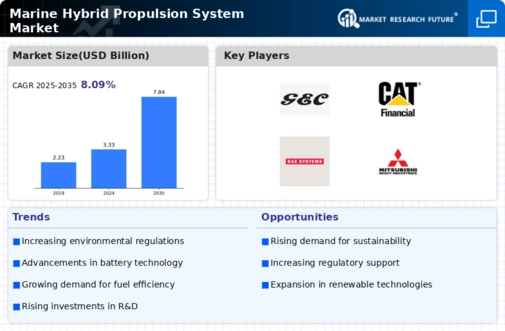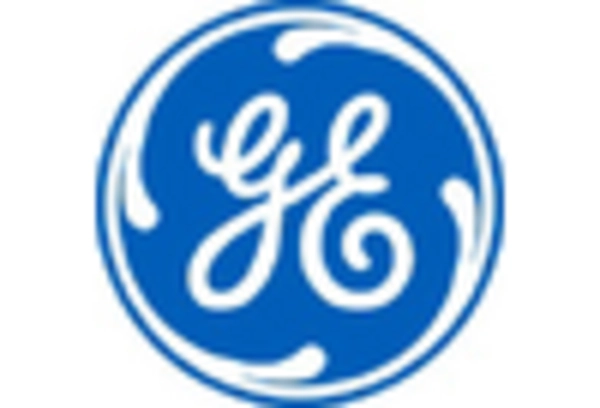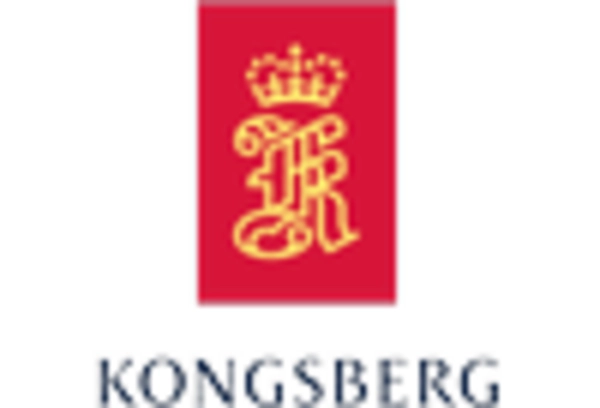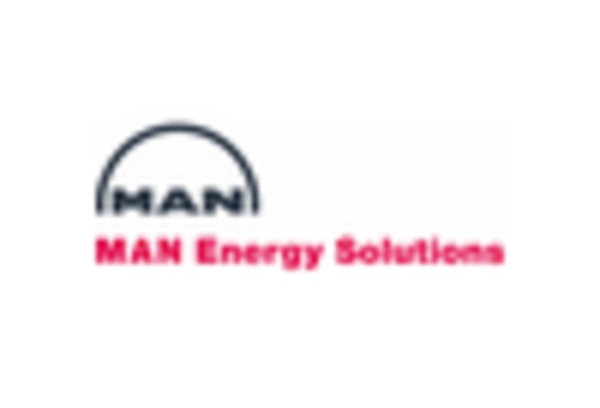Market Analysis
In-depth Analysis of Marine Hybrid Propulsion System Market Industry Landscape
The growth and development of the Marine Hybrid Propulsion System market are influenced by multiple market forces. One factor driving this growth is the increasing focus on environmental sustainability and regulatory compliance within the global maritime industry. Tightened emissions regulations coupled with growing concerns about environmental impact of ships have led to increased demand for cleaner and more fuel-efficient propulsion systems. Consequently, use of marine hybrid propulsion systems combining traditional internal combustion engines with electric power has become prevalent reducing fuel consumption and emissions.
Technological advancements exert great influence on the market dynamics of marine hybrid propulsion systems. Regular innovation in battery technologies, electric motors, and control systems has improved efficiency and performance of hybrid propulsion systems. This enabled manufacturers who now invest heavily in research and development to create more sophisticated yet reliable hybrids suiting changing needs of maritime industry. It is expected that when the technology matures, Marine Hybrid Propulsion System Market will experience high levels of acceptance leading to wider adoptions.
There are also cost implications associated with higher demand for energy sources necessary for running marine vessels. Fuel price changes are unpredictable due to fluctuations that occur in oil markets across the world forcing vessel owners into looking for cheaper alternatives that do not consume much fuel during operations. In this regard, there is a high propensity for shipowners to go for hybrid propulsion systems which allows switching between different power sources reducing operating costs thus making it easier to manage uncertainties around fuel prices.
Government initiatives such as incentives aimed at promoting green technologies drive growth in Marine Hybrid Propulsion System Market.The adoption of environmentally friendly types can be promoted through setting regulations and giving financial incentives in various countries. This regulatory push creates a favorable environment for the development and integration of marine hybrid solutions, as shipowners are motivated to invest in technologies that align with these initiatives.
The market is also influenced by changes taking place in shipping patterns and global maritime trade. Bigger vessels with more energy demands have been constructed due to increased demand for efficient and reliable transportation of goods. As such, marine hybrid propulsion systems provide a scalable solution enabling larger ships to be powered adequately without compromising on fuel efficiency or environmental compliance.

















Leave a Comment